
Six guiding principles are the foundation of student-powered improvement.
Distilled from powerful examples of student-powered improvement around the country, the six guiding principles help ensure that the youth involved can work from a place of agency and empowerment. The principles operationalize equity. They move teams towards joy and connection. And, they foster authentic and meaningful partnerships to address challenging problems.
We invite students and adults to explore the guiding principles and co-create ways to make them come alive.
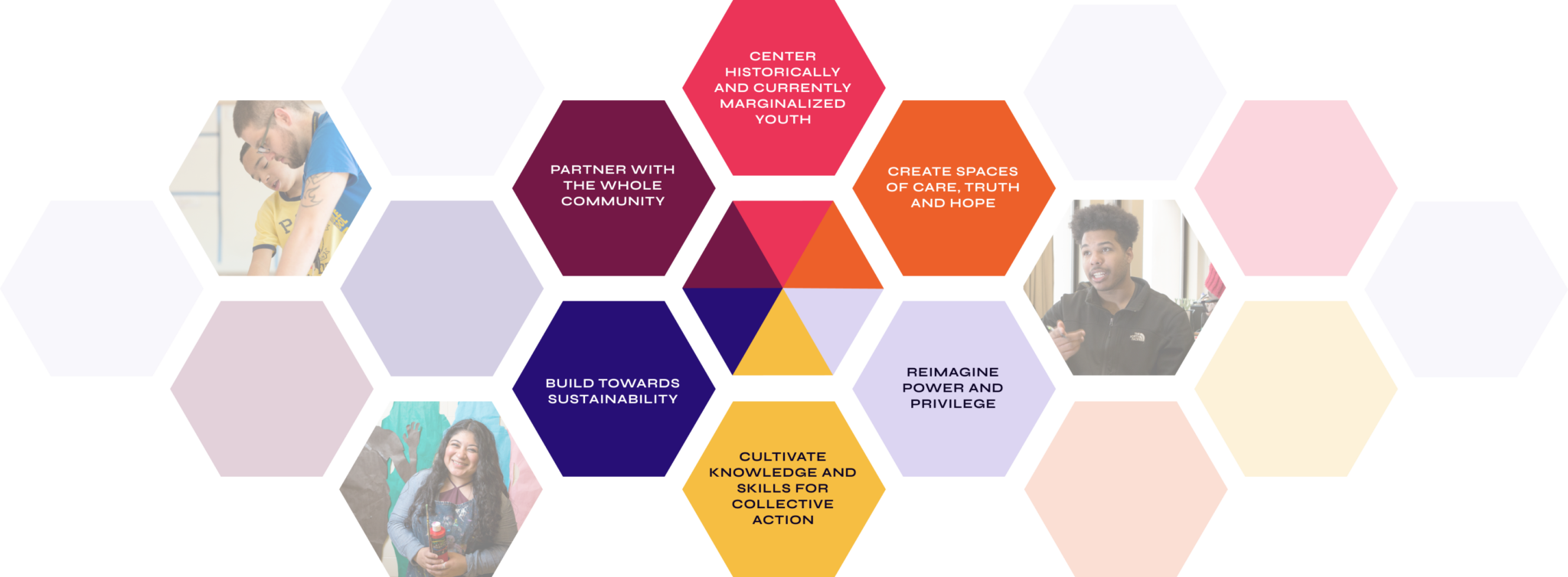
Attending to who is invited to participate and who is not is central to disrupting and reimagining more equitable systems. Who are the students who have historically been excluded, ignored, or marginalized by school systems? Which students hold marginalized social, cultural, and political identities such as race, sexuality, class, gender, or ability? Which students are most impacted by the systems you are trying to improve? Like most collaborative efforts, a diverse representation of skills, experiences, and perspectives is highly encouraged with student-powered improvement. Student participation should always be voluntary.
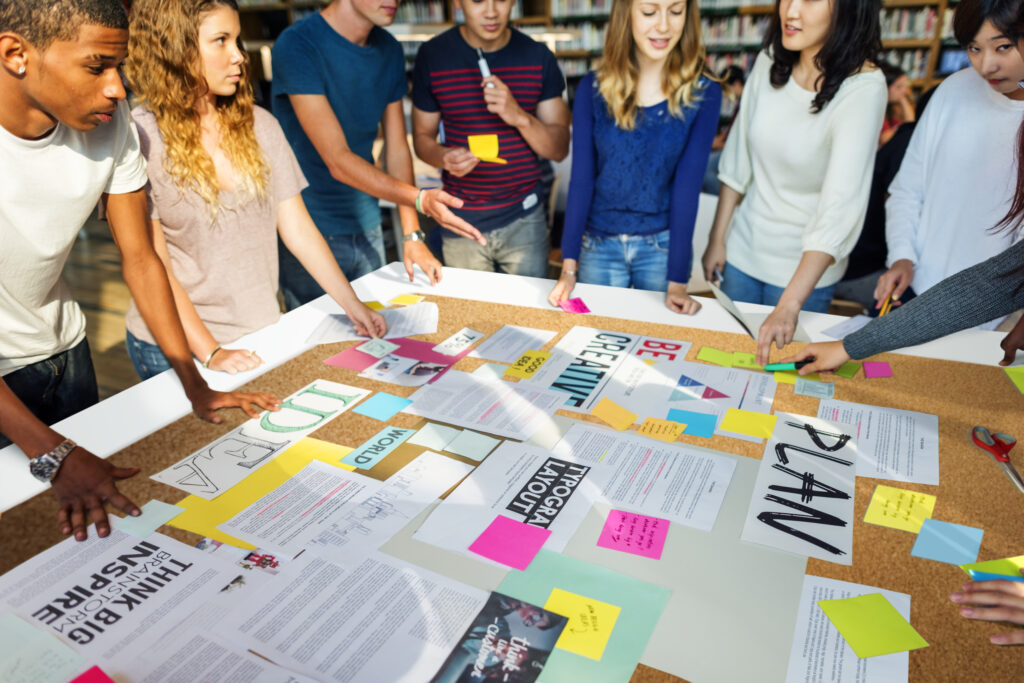

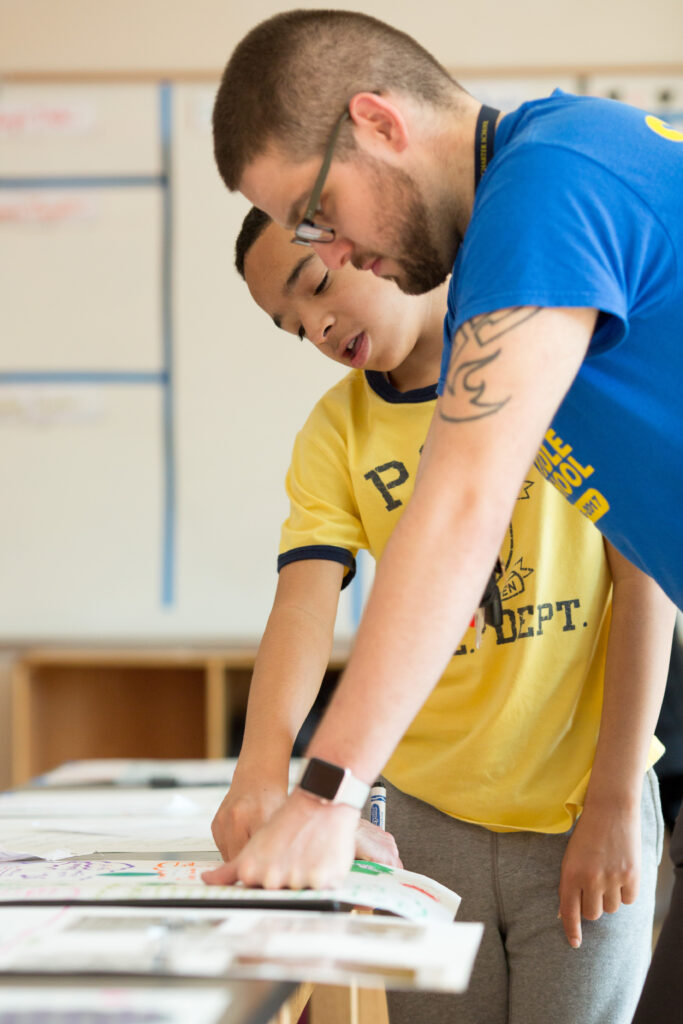

A critical guiding principle of student-powered improvement is to create spaces of care, truth, and hope. This must be a collaborative effort by young people and adults—develop deep, meaningful, and authentic relationships; uncover and make sense of various forms of truth as a guide for action; and find ways to channel and operationalize hope. These efforts need ongoing attention. This principle is a necessary first step in creating the conditions that allows both youth and adults to participate as their most empowered selves.

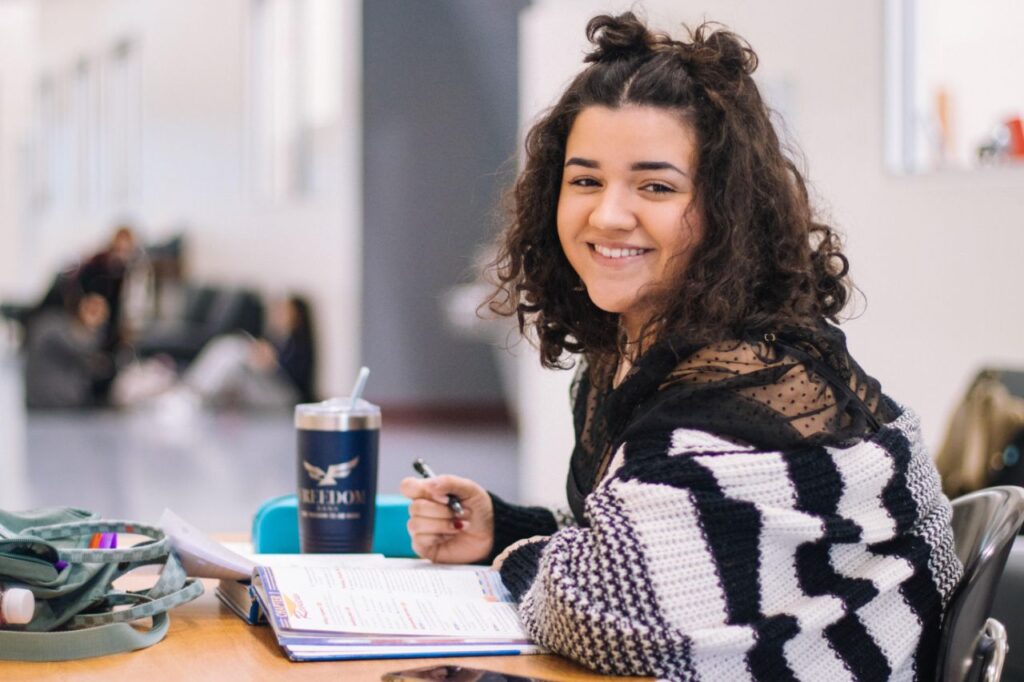
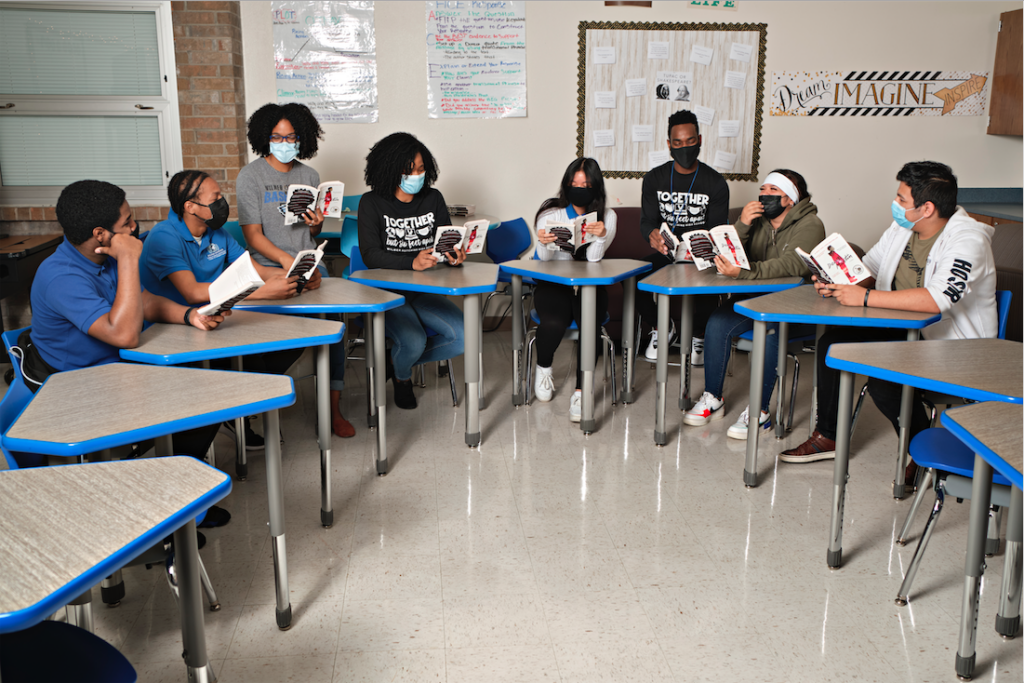
This protocol helps youth and adults express their hopes and fears for the work ahead, and then leads to the creation of shared group agreements.
Student-powered improvement asks us to reflect, disrupt, and reimagine long-established forms of power and privilege. Adults must recognize and disrupt adultism and its intersections with racism, sexism, and other forms of bias that impact whether youth are truly centered. Teams must commit to a strengths-based approach when working together. Youth and adults are viewed as experts of their own experience, and out-of-school knowledge and experiences are legitimized. Reimagining power and privilege requires humility and a commitment to shared decision-making.

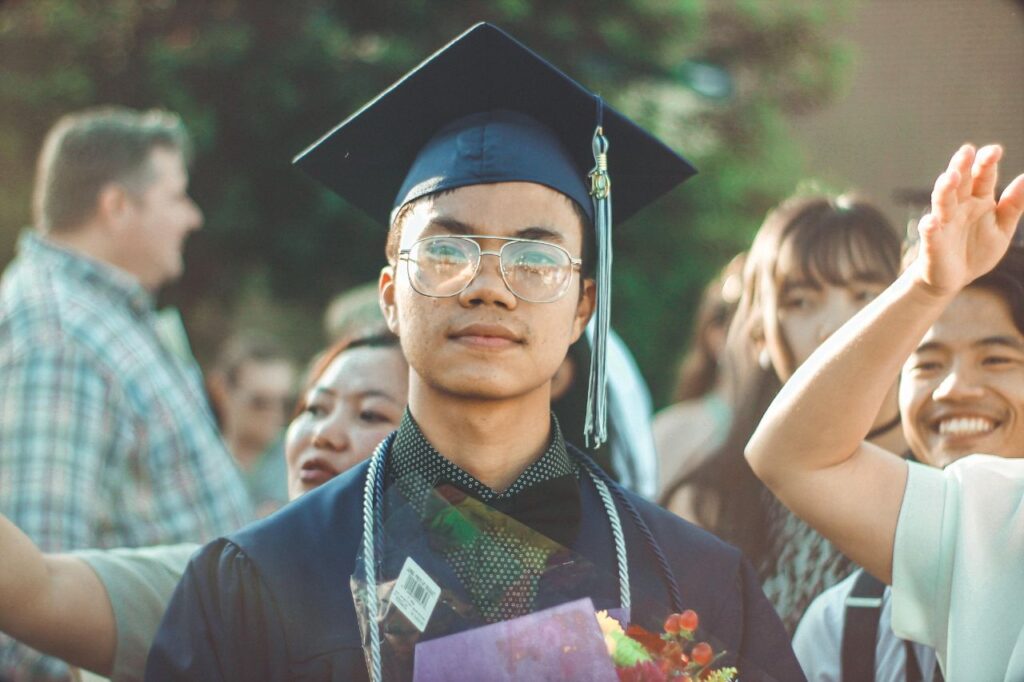
This activity asks team members to name the categories of power they have so that they can work to share power with other members.

This activity asks teams of students and adults to name the places where adultism is at play in their schools.
What knowledge, skills, and mindsets might be necessary to tackle the issues you are addressing through student-powered improvement? Teams should collaboratively identify the knowledge and skills already in participants’ toolboxes, and what might need to be added or tuned up along the way. Taking time for everyone to learn how the current system operates helps ensure everyone enters an improvement journey with a common foundation. Demystifying jargon is a must. Learning and practicing skills such as listening or providing feedback is important for students and adults.
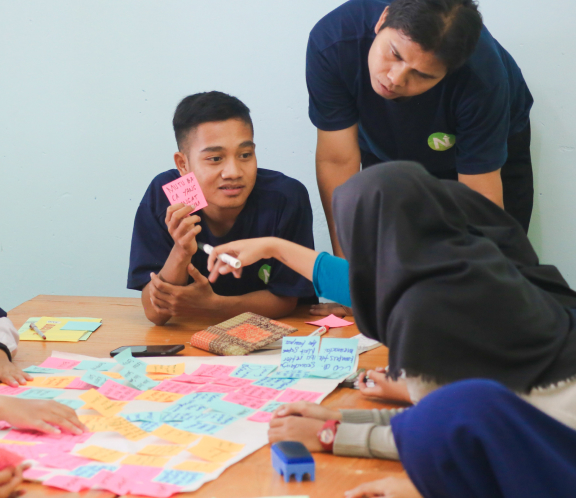
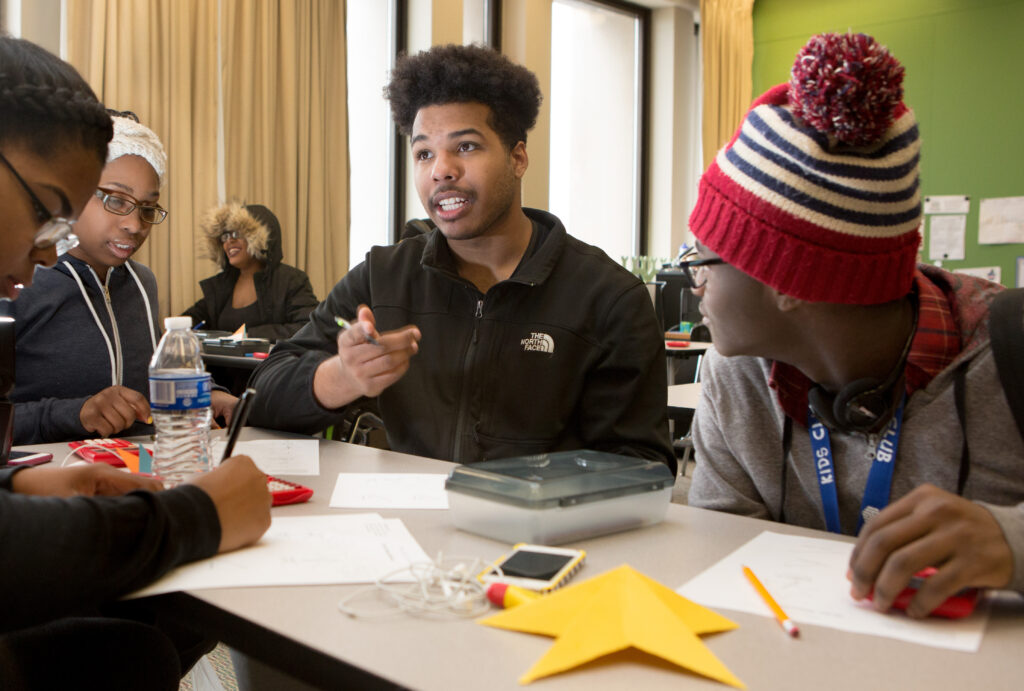

Student-powered improvement has the potential to create a seismic systems shift in approaches to school improvement. To make this shift sustainable, there must be attention to:




Change, driven by the entire school community, is the ultimate goal of any improvement effort. Involving the community broadens perspectives and deepens the capacity for real change. Who are the communities that have been excluded, ignored, silenced, or marginalized by school systems? How might their voices and perspectives not only be heard, but be amplified as partners in change? How might the vast and diverse array of community resources (familial capital, social capital, linguistic capital, etc.) become strengths for community-powered improvement?


